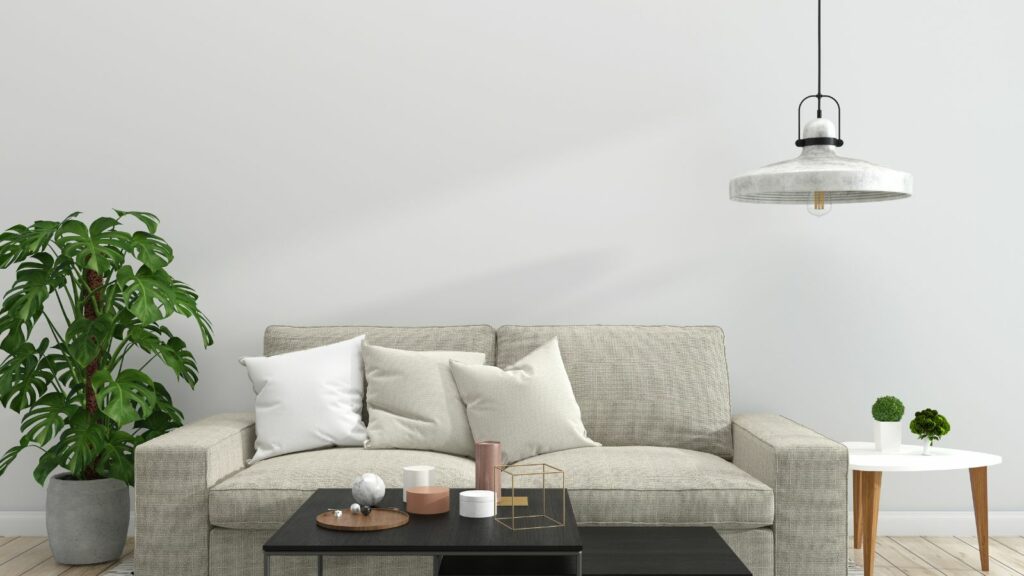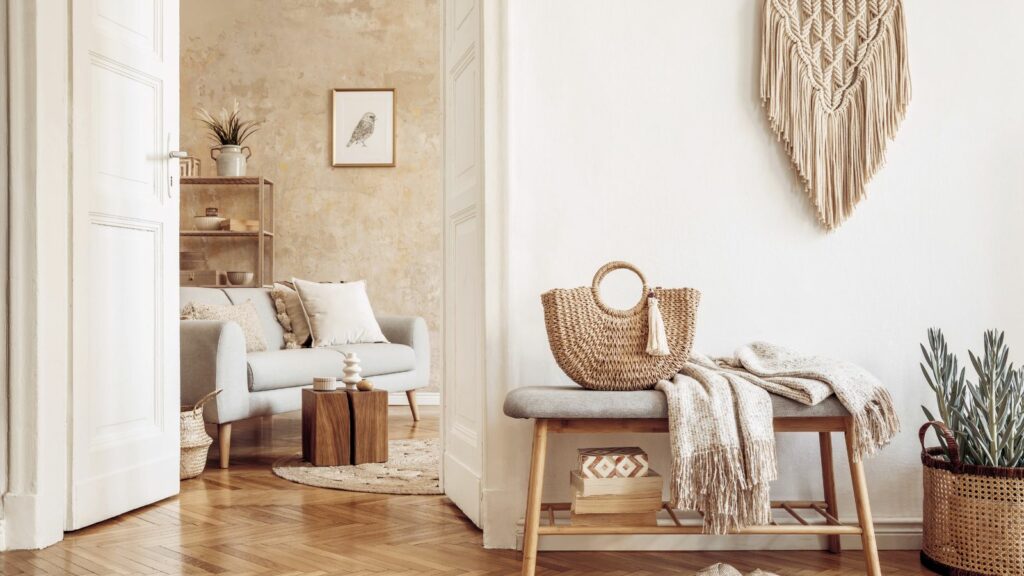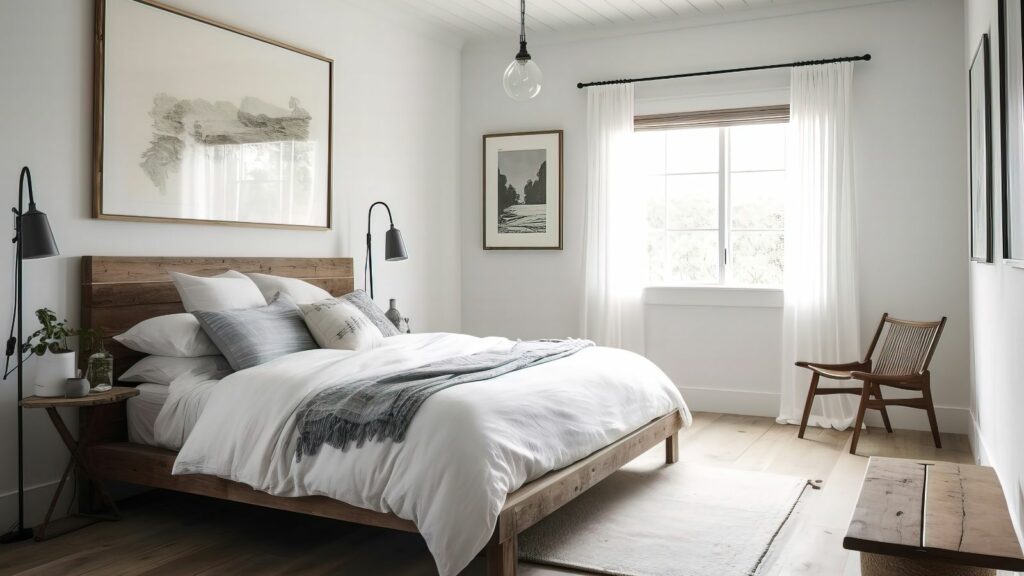In the world of interior innovative design, less is often more. This philosophy shines brightly in the realm of minimalist home decor, where simplicity and functionality reign supreme. Especially in the living room, a minimalist approach can transform a cluttered space into a serene sanctuary.
In the pursuit of a minimalist living room, every piece of furniture, every decor item, indeed every object has a purpose. There’s no room for the superfluous or the merely decorative. Yet, within these constraints, there’s an abundance of creativity and personal expression.
Living Room Minimalist Home Decor
Minimalist home decor stands out as a design philosophy anchored in simplicity and functionality. Stripping back the superfluous elements in a living room, minimalist decor shapes an environment that echoes one’s personal aesthetics and values. It’s not just about decluttering; it’s creating purposeful living.
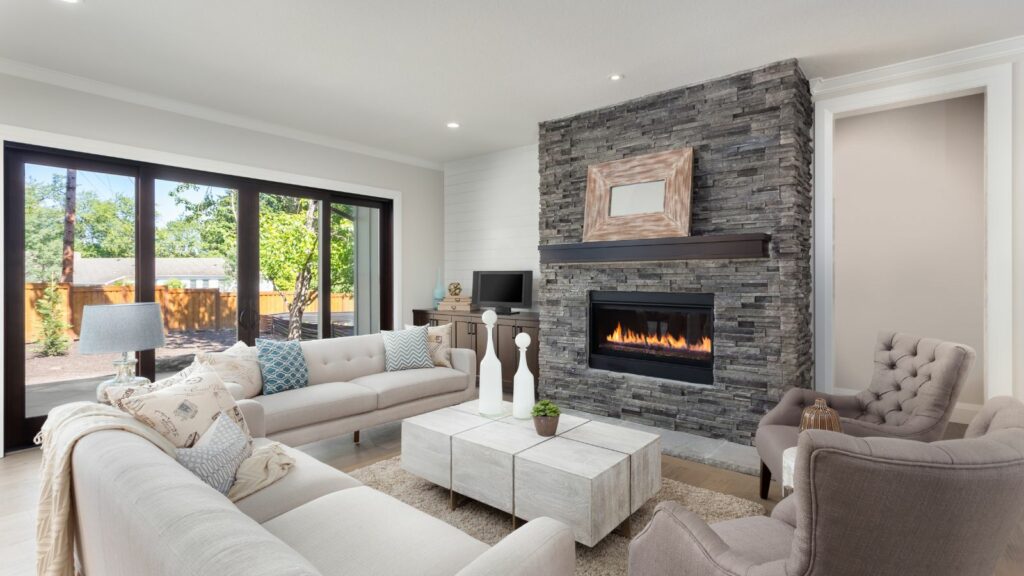
Minimalism, as a decor approach, hinges on a few strategic principles. First, it prioritizes functionality, every item owns its place because of its utility rather than its decoration value. Minimalism doesn’t confuse simplicity with dullness. Clear lines, discreet color palettes, and natural light, instead of excessive ornamentation, reinforce the design.
For example, placing one strong framed artwork on a wall, instead on a cluster of many pieces, can enhance the minimalist effect.
Quality trumps quantity in a minimalist setting. Highly curated, every piece in the room typically speaks to impeccable craftsmanship or brand pedigree.
Essential Elements of Minimalist Living Room Decor
Designing a minimalist living room hinges on meticulous selection of elements. Two key factors influence this: the color scheme and the furniture items in the space.
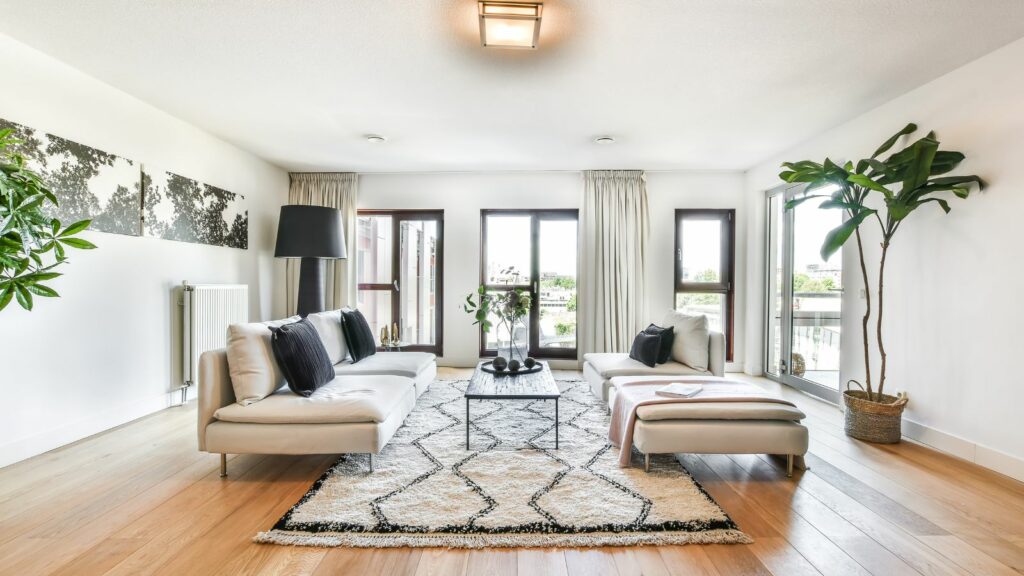
In minimalist spaces, the choice of colors heavily impacts the ambiance. Neutral shades, including hues of white, grey, and beige, prove popular in such settings. These tones accentuate the room’s openness, amplifying the spaciousness derived from a sparse layout. For example, Ice Mist from Benjamin Moore or Pure White from Sherwin Williams are optimal selections for minimalists favoring a brighter space. However, those desiring a tad more warmth could opt for Nomadic Desert or Accessible Beige, also from Sherwin Williams. To add dimension, contrast can be established through incorporating darker accents, anchoring the visual balance of the room.
Selecting Furniture for Minimalist Spaces
Furniture selection revolves around functionality and form in minimalist settings. Fewer pieces suffice, provided they serve essential needs and exhibit aesthetic value. Typically, a minimalist living room contains only necessary items like a comfortable couch, an effective coffee table, and some storage furniture. Brands like Muji and Ikea offer functional, minimal-style designs that align well with this intent. Pieces should possess clean lines and natural materials, signifying both sophistication and simplicity. For instance, a Ekedalen extendable table or a Söderhamn sofa, both from Ikea, exemplify minimalist design principles. Overall, furniture design must echo the minimalist ideology, celebrating simplicity and eliminating unnecessary frills.
Benefits of Minimalist Decor in Living Rooms
In the realm of interior design, minimalist decor brings a multitude of benefits, from enhancing space utilization to promoting psychological wellness. This section elaborates on these benefits particularly focusing on the effects in living rooms.
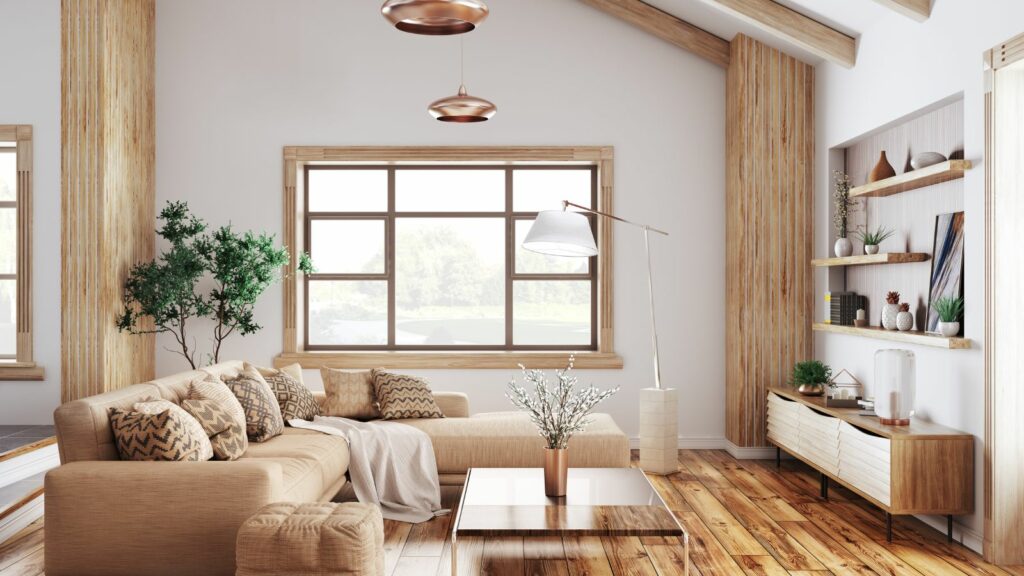
In minimalist decor, a key advantage relates to the strategic use of space. Minimalism encourages open layouts, emphasizing the functionality and purpose of every piece of furniture. As a result, the living room’s floor plan becomes more efficient, counting on reduced clutter to achieve spaciousness. For instance, using a low-profile couch coupled with a sleek coffee table creates an illusion of extended room space, while retaining functionality. Additionally, incorporating a discreet floor hatch can further enhance storage solutions without disrupting the minimalist aesthetic.
Psychological Benefits of Minimalist Designs
On top of the physical advantages, minimalist designs infer various psychological benefits. The chosen simplicity and lack of clutter resonate with tranquility and peace, which in turn alleviate stress. It’s a reflection of the aphorism, “less is more.” Living in a decluttered space helps reduce distractions, promoting serenity and focus. Indeed, a minimalist living room can serve as a restorative haven where occupants recharge, unimpeded by chaos or excess.

